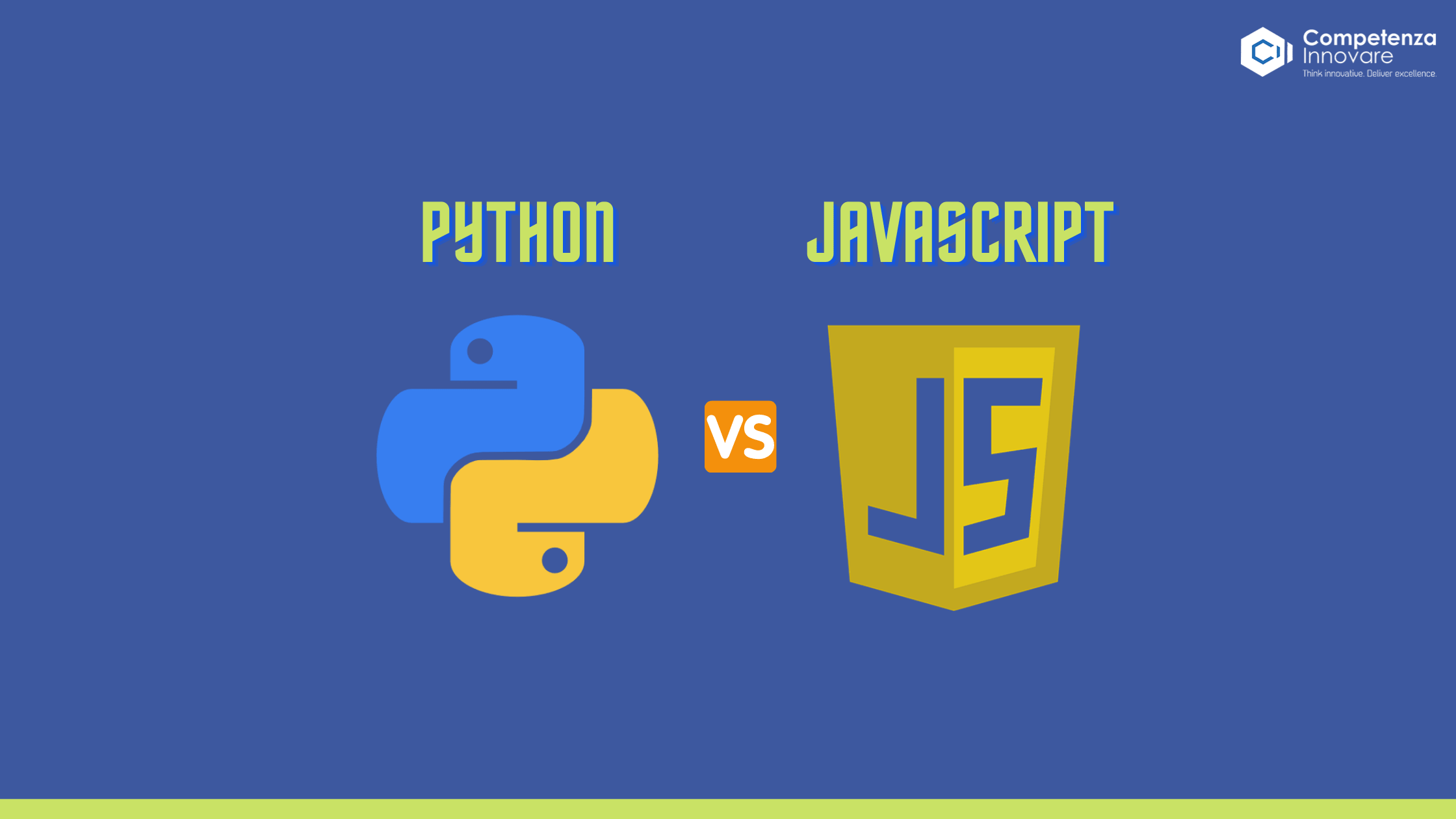The ever-evolving landscape of technology presents a constant challenge for aspiring programmers: choosing the right language to invest their time in. Three giants – Python, Java, and JavaScript – continue to dominate the programming world, each with its strengths and specialties. But for those looking to secure their future in the industry, which language reigns supreme?
Python, lauded for its beginner-friendly syntax and versatility, has experienced a meteoric rise in recent years. Its extensive libraries and frameworks make it a powerhouse for data science, machine learning, and scientific computing. From building robust financial models to crunching complex scientific data, Python's ease of use and powerful capabilities have made it a favorite among data enthusiasts.
Java, the seasoned veteran of the trio, remains a dominant force in enterprise software development. Its robust architecture and emphasis on code stability make it ideal for building large-scale, mission-critical applications. Financial institutions, healthcare providers, and government agencies all rely on the stability and security that Java offers. While its learning curve may be steeper than Python's, Java's established presence and vast developer pool ensure its continued relevance in the years to come.
JavaScript, the ubiquitous language of the web, has transcended its browser-based roots. Frameworks like Node.js have empowered JavaScript to handle server-side operations, making it a full-stack development powerhouse. The ability to seamlessly integrate front-end and back-end development using a single language is a major draw for web developers, particularly in the fast-paced world of web application development. JavaScript's dominance in web development ensures its continued relevance for the foreseeable future.
So, which language holds the key to a future-proof programming career? The answer, like most things in technology, is nuanced. For those drawn to data analysis and scientific computing, Python's ease of use and extensive libraries provide a compelling advantage. Java remains the go-to language for large-scale enterprise applications, offering stability and security. JavaScript's ubiquity in web development makes it an essential skill for any aspiring web developer.
Ultimately, the best path forward may lie in developing proficiency in more than one language. A programmer with a grasp of Python's data-crunching capabilities and Java's enterprise-grade structure, or a combination of JavaScript's front-end prowess and Python's back-end versatility, would be a highly sought-after asset in today's dynamic job market. The future of programming is not a zero-sum game; rather, it's about embracing the unique strengths of each language to tackle the ever-evolving challenges of the digital age.
